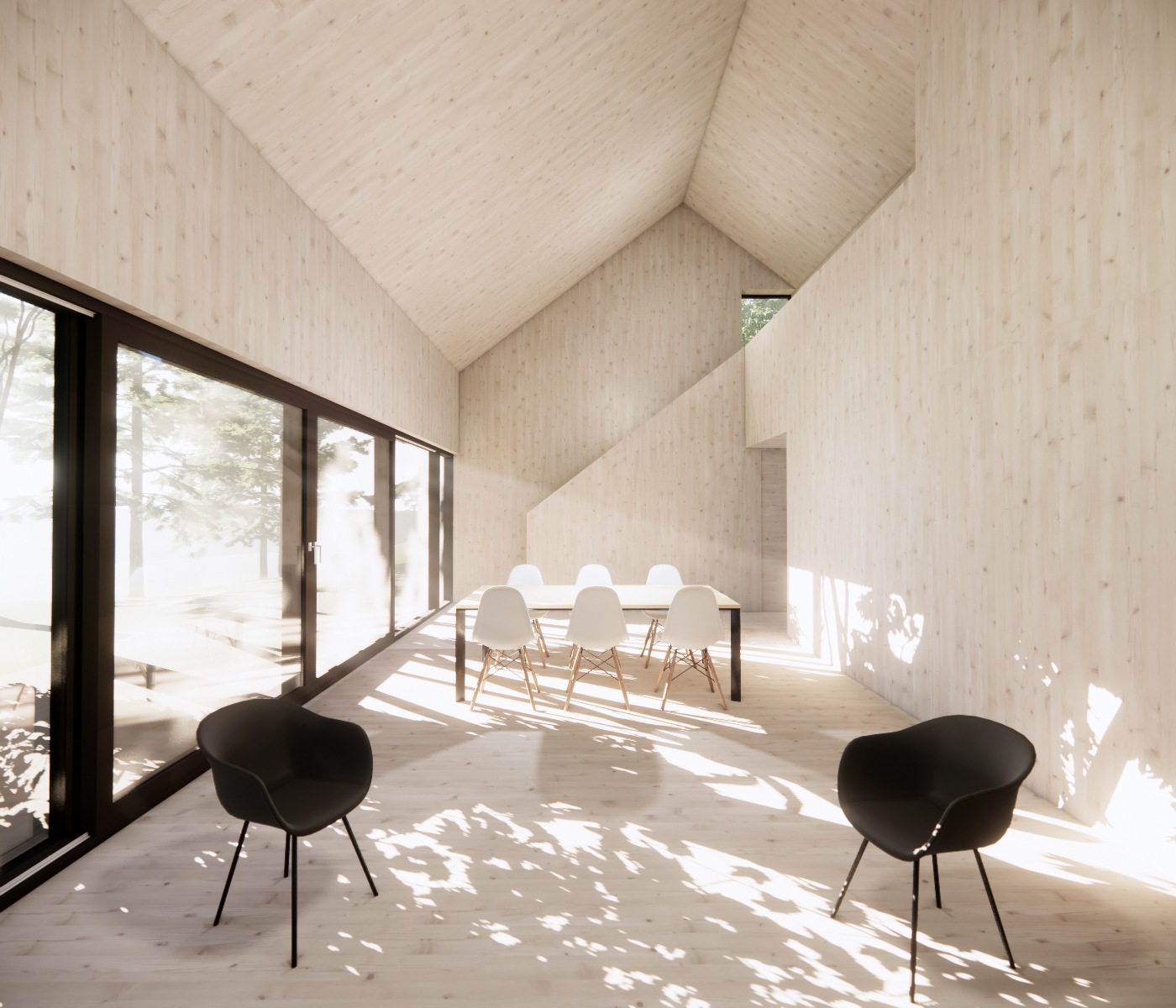
Why Asumma designs and builds homes from cross-laminated timber (CLT)
Asumma, a construction technology company headquartered in Finland, designs and delivers sustainable, architectural homes built from cross-laminated timber (CLT). A solid, engineered wood, CLT is prized for its low carbon impact, architectural versatility, and structural strength. Here, Asumma’s Abigail Mela speaks with Asumma’s co-founders Martti Mela (CEO) and Pekka Airaxin (Chief Architect) to learn more about the beauty and benefits of building and living in a CLT home.
Martti Mela and Pekka Airaxin — both from Finland — founded Asumma to execute on a clear, long-term mission: to make beautiful, sustainable housing affordable for everyone. Before the company achieves the scale required to produce mass-market CLT homes, Asumma builds premium custom homes constructed from CLT. In both the long-term and near-term, the company believes that CLT is the path to building high-quality homes that are healthy for people, and the planet.
Abigail Mela: What exactly is cross-laminated timber, commonly referred to as CLT?
Martti Mela: Cross-laminated timber (CLT) is a type of mass timber — an umbrella term for a variety of engineered woods. CLT is manufactured from relatively fast-growing evergreen tree species, typically spruce. CLT was first engineered in Austria in the 1990s. In the decades since, it has emerged as a much-hyped modern building material celebrated as durable, strong, fire-resistant, and environmentally-friendly.

Pekka Airaxin: As a building material, we absolutely prefer solid wood homes, for their longevity, good indoor air quality, and sustainability. That said, while we love traditional Finnish log homes, we chose CLT because it confers all the benefits of solid wood — while also enabling more exciting architectural possibilities, more digital control of the design, faster manufacturing and onsite assembly, and an overall aesthetic that feels sleek and modern.

Abigail: CLT is a manufactured wood. How, exactly, is it produced?
Pekka: Factories produce CLT panels by glueing together perpendicular layers of solid timber. The perpendicular alignment of the wood’s natural fibers results in a structural strength, stability, and rigidity that rivals steel or concrete. While roughly 5% of CLT is a laminate glue, it is produced with modern adhesives that are breathable and reasonably sustainable.
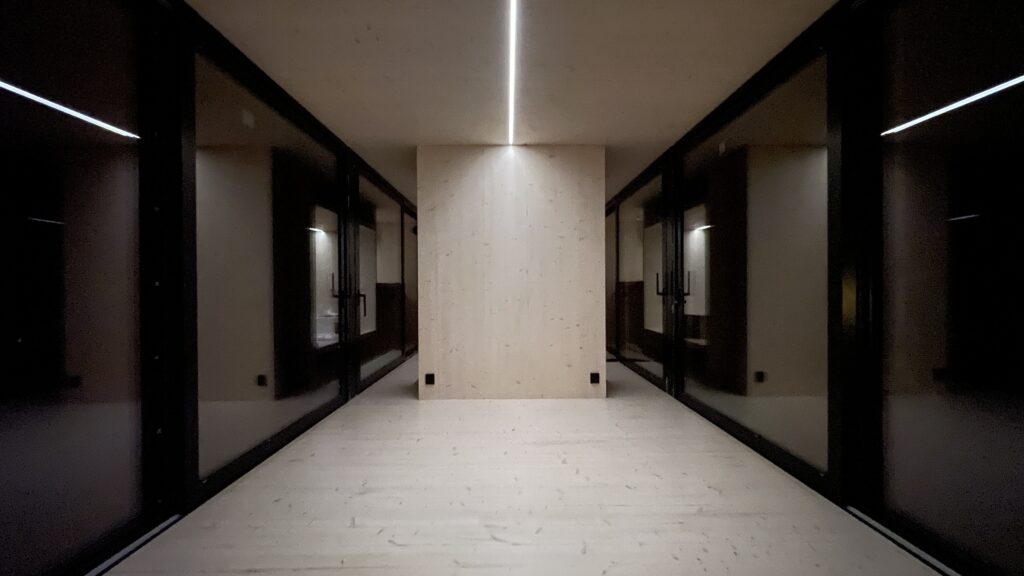
Abigail: What, in your opinion, makes CLT such an ideal house-building material?
Martti: Your house walls, floors, roof, and stairs can all be built from CLT — as such, CLT can be the primary material used to build your home, not just a supporting structural element.
Pekka: Through meticulously planned architecture and engineering, including data modelling and use of building information (BIM) software, a house model is conceived of as many panels that slot together. Then, a pre-programmed computer numerical control (CNC) machine cuts prefabricated CLT elements within 1-millimeter of accuracy, including slots for windows, doors, electrical outlets, and other house tech. This process eliminates needless wood waste, making it a more cost-effective and environmentally-responsible building material.
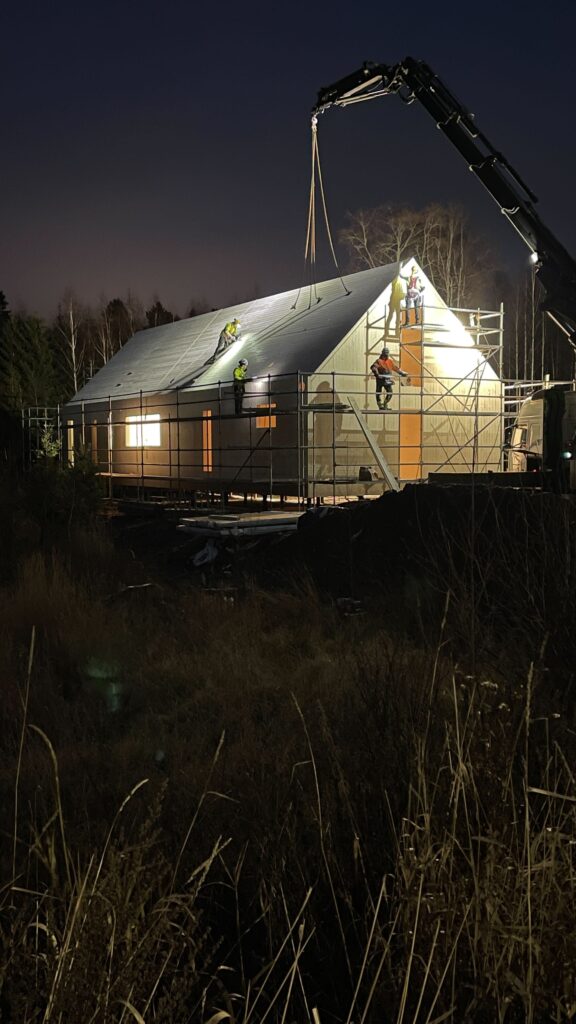
Abigail: Earlier in this conversation, you mentioned the speed of assembly as one of the reasons you build homes from CLT. What does CLT single-family home construction look like?
Pekka: Standard trucks deliver the CLT elements to your house building site. There, with the use of a crane, the elements are erected within a matter of days, effectively transforming your construction site into an assembly site. The CLT panels fit together like high-tech building blocks — almost like LEGO pieces or IKEA furniture assembly. Precision and speed are hallmarks of CLT, as is its low carbon impact.
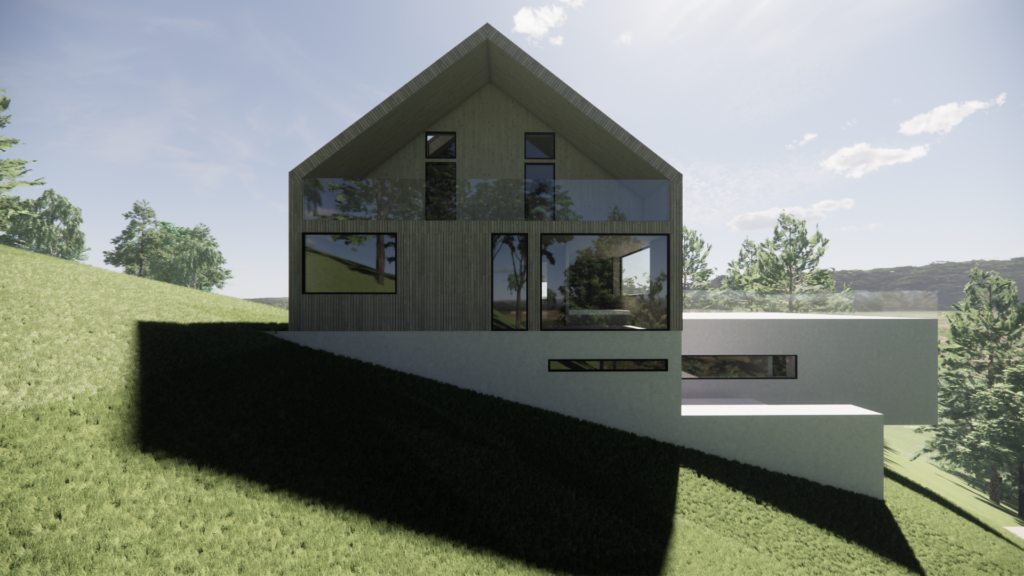
Abigail: What makes a CLT house environmentally friendly?
Martti: CLT is a pure-wood product developed from trees grown in forests. Forests are vast carbon sinks that remove CO2 from the atmosphere and store it indefinitely. This makes a CLT house a natural carbon storage unit.
Pekka: It’s critical that the forest industry stops overharvesting, since it puts the forest’s carbon cycle off balance and is harmful to biodiversity. Some improvement in this has been made, but there is still work to do. This also currently means choosing certified timber that strikes a reasonable balance between human timber harvest needs and the long-term preservation of forests. Certified timber lets you build a low carbon-footprint house, while also helping to preserve forests’ essential role as natural ecosystems.
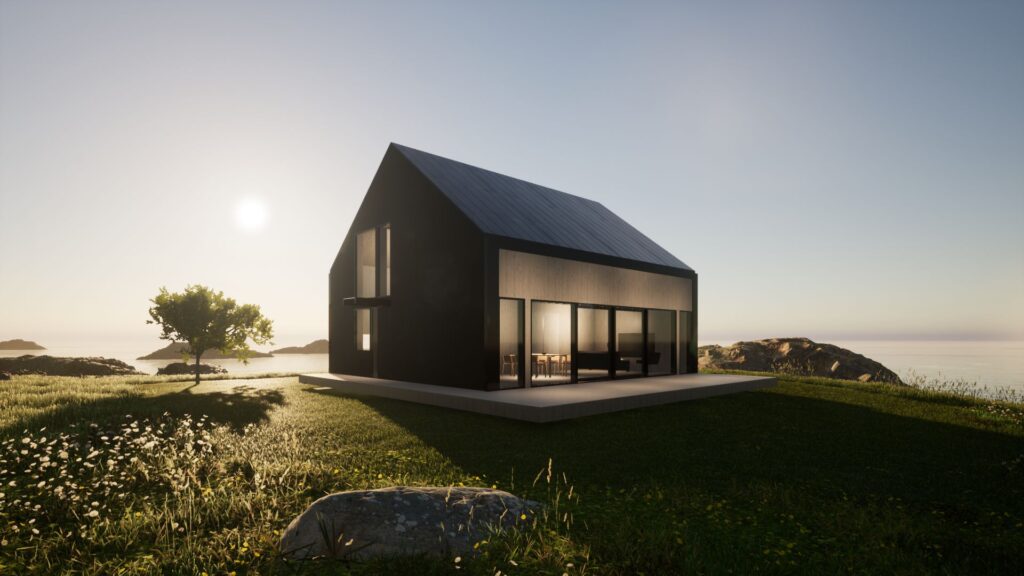
Abigail: To conclude, let’s talk about why Asumma builds CLT homes.
Martti: CLT permits a variety of innovative architectural possibilities, given its strength-to-weight ratio, versatility, and buildability. When CLT is used as the primary building material, the finished house smells fresh and sweet. CLT is a healthy, breathable material that — when designed by skilled timber experts — promotes incredible indoor air quality in your home.
Pekka: A house built from CLT — in combination with wood-fiber insulation, wood cladding, wooden window frames and door frames, and wooden doors — means people can enjoy a solid wood home that is healthy for its inhabitants, and also a healthy choice for the environment.
Wood is also a gorgeous material, incredibly versatile, and permits a variety of surface treatments and finishing options to suit one’s tastes.
Asumma designs and builds architectural custom homes from FSC-certified cross-laminated timber (CLT). They focus on high-quality, environmental integrity, and beauty. More details can be found here.